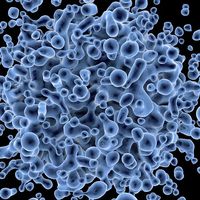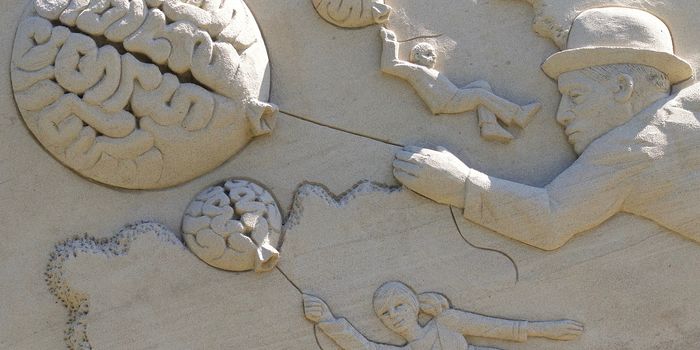Surface Marker Shedding Allows COVID-19 to Evade the Immune System
Coronavirus disease (COVID-19) caused by the SARS-CoV-2 virus resulted in the fatality of millions worldwide. This severe respiratory syndrome is extremely contagious and difficult to contain. A major barrier to fighting off the disease was that the human immune system was not previously exposed to it or other similar variants that would have built up an immune system against it. The COVID-19 vaccine was developed to purposely expose healthy individuals to attenuated forms of the virus and generate antibodies and immunological memory to fight the infectious pathogen for future exposure. However, in some cases, individuals still got sick even after the vaccine. It is not guaranteed a vaccinated person will not get the virus, but it does lower their chances and improves their ability to quickly recognize and contain the pathogen. While we have successfully developed a vaccine for COVID-19 and constantly updated new vaccines for mutated variants of the virus, scientists are still researching the disease and how it managed to evade the immune system for so long.
A recent article in Cell, by Dr. Wilfredo Garcia-Beltran and others, demonstrated how SARS-CoV-2 avoids detection and death from the immune system. Garcia-Beltran is a physician scientist at Massachusetts General Hospital (MGH) and works on natural killer cells – a specific innate immune cell known to be one of the first onsite to target foreign pathogens. His research specifically looks at the function of natural killer cells, therapies that target and improve this cell type, and how natural kill cells influence SARS-CoV-2.
The protein that Garcia-Beltran and others identified, known as ORF6, was directly linked to the evading immune mechanism of the coronavirus. The immune system is partially made up of T cells which are responsible for recognizing and targeting invading pathogens. In this mechanism the virus prevents cell surface proteins from interacting with T cells and prevents the immune system from recognizing infected cells. Additionally, natural killer cells, also known to be fundamental in detecting and lysing virus-infected cells, were inefficient in targeting SARS-CoV-2. Specifically, ORF6 removes critical proteins needed for immune cells to detect infected cells. This allows the proliferation and expansion of the virus throughout the body.
Researchers used in vivo modeling to demonstrate that the SARS-CoV-2 escapes natural killer cell recognition by downregulating cell surface markers. In this mechanism, ORF6 aids in surface marker shedding. This shedding of specific markers protects infected cells from being lysed by natural killer cells and T cells. Interestingly, when researchers blocked shedding of protein surface makers, there was increased cell lysis by natural killer cells. This approach clearly demonstrates that ORF6 is a critical protein responsible for viral immune evasion.
Garcia-Beltran and others identified the mechanism that is responsible for the immune evasion of COVID-19. This work clearly demonstrates the critical role of ORF6 on cell surface marker shedding and the implications it holds. The discovery of this mechanism provides a clear understanding of how SARS-CoV-2 and possibly other viruses overcome robust immune responses. By understanding how infected cells escape immune targeting, scientists can improve drug development and effectively treat patients.








